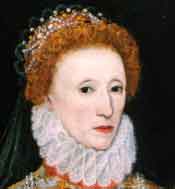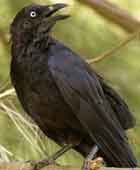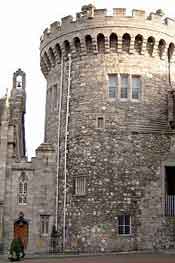Fiach MacHugh O’Byrne is the hero of the song Follow Me Up to Carlow by P J McCall.
Follow Me Up to Carlow
Story explained
Fiach MacHugh has given the word
Battle of Glenmalure
Follow Me up to Carlow Videos
Lyrics and chords
McCall described him as a firebrand, which was probably putting it mildly as he was the scourge of the British authorities in Ireland during the reign of Queen Elizabeth I.
He was a complex character: ruthless and brave, very cunning and very adept at playing various factions off against each other.
He outwitted and out fought his British opponents for more than 30 years.
£100 reward for Fiach MacHugh’s head

The British were so desperate to stop Fiach’s rebellious activities that they offered a reward of £150 for his capture or £100 for his head.
These were vast amounts of money in the 16th century and show just how much of a problem Fiach presented.
Lord of Ranelagh and leader of O’Byrne clan
Fiach was born in 1534 into the Ranelagh branch of the O’Byrne clan.
Ireland during Elizabethan times was dominated by different clans who vied for power. They fought against each other and they often fought against the British.
It was common for allegiances to change as clans joined forces against the British or other clans, or sometimes formed alliances with the British against each other.
The O’Byrne clan dominated the area south of Dublin through Wicklow and on to the northern parts of Wexford. The Ranelagh O’Byrnes were strongest in rough terrain around Glenmalure in the Wicklow Mountains.
Fiach at the centre of numerous battles and attacks
Fiach was a mercurial figure who was responsible for numerous guerrilla style attacks on British forces.
In 1572, he was accused of complicity in the murder of Robert Browne, the son in law of the British commander in Wexford. The British pursued him relentlessly for several years until he eventually agreed to surrender the actual killer in return for a pardon.
Fiach was able to negotiate several pardons throughout his life but they never seemed to stop him returning to battle.
 Fiach the Raven
Fiach the Raven
Fiach means raven in Irish.
More rebellions and attacks
In 1577, he supported his brother-in-law Rory Oge O’More in his rebellion against the forces of the Crown. The uprising was defeated and O’More was killed.
In 1579, Fiach allied with the Kavanagh clan despite a history of enmity and distrust between the two clans. Together, they attacked and defeated British forces at Idrone in County Carlow.
They then pressed on to burn down the local manor house and kill members of the Kavanagh clan who had accepted English rule.
Battle of Glenmalure in 1580
In 1580, Fiach supported Viscount Baltinglass in his revolt against the British.
This led to the famous Battle of Glenmalure in which Fiach and his men routed the British.
The defeat only made the authorities more determined to capture Fiach. They continued to pursue him and eventually caught up with him in 1597.
The execution of Fiach Mac Hugh O’Byrne

Fiach was captured and executed by British soldiers who used his own sword to cut off his head.
His corpse was dissected and his severed head hung from a pike and displayed at Dublin Castle. It was later pickled and sent to England. Queen Elizabeth was reported to have been furious that the head of such a “base Robin Hood should be brought solemnly into England”.
Fiach MacHugh as folk hero
Fiach’s exploits against British rule earned him the status of a folk hero in his Wicklow homeland and throughout Ireland.
He is still remembered today and is seen as an important figure in 16th century Irish history.
Read here for meaning of the song
Follow Me Up to Carlow
Fiach Mac Hugh O’Byrne
Story explained
Fiach MacHugh has given the word
Battle of Glenmalure
Follow Me up to Carlow Videos
Lyrics and chords